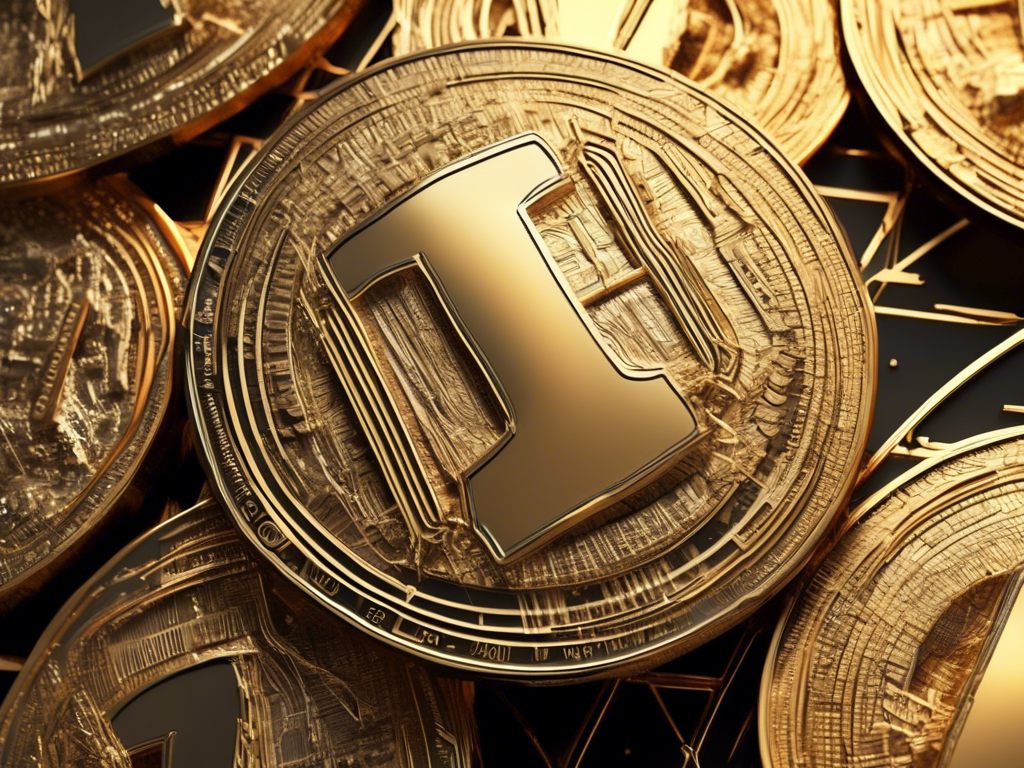Insights on the Future of Digital Money Forms
Get ready for a diverse landscape of digital money forms in the financial market over the next decade. According to a recent analysis by KPMG, Central Bank Digital Currencies (CBDCs), tokenized deposits, and stablecoins are expected to coexist, providing a variety of options for users.
KPMG’s Perspective on Digital Money Market Trends
KPMG’s report highlights that these digital money forms will not compete but rather exist alongside each other. Users are anticipated to lean towards the most efficient and automated solutions available. The firm gathered insights from discussions and events focused on digital assets, offering a comprehensive view of the current market trends involving traditional financial institutions, fintech companies, and crypto-native firms.
Banks’ Interest in CBDCs and Challenges Ahead
Central banks and governments around the world have shown keen interest in exploring digital currencies, whether through research, pilot programs, or even developing their own CBDCs. While banks see great potential in using CBDCs for businesses, concerns linger about a widespread launch for consumers due to economic, political uncertainties, and technical hurdles that need resolution.
- CBDCs lack clear advantages over stablecoins and tokenized deposits
- Participants are skeptical about a universal launch for retail CBDCs
- Widespread testing and pilot programs indicate a shift towards tokenized financial systems
Tokenized Deposits for Faster Cross-Border Payments
Tokenized deposits are viewed as a promising option for banks due to their smooth integration with existing regulations. Participants believe these deposits could lead to faster cross-border payments and reduce costs, opening up new opportunities through Distributed Ledger Technology.
- Some debate the purpose of tokenized deposits
- Optimism about DLT improving traditional deposits
Stablecoins: Driving Digital Money Evolution
Stablecoins are poised to lead the digital money evolution by addressing specific needs in the financial market. Initially used for speculative crypto trading, stablecoins are now seen as valuable for applications like cross-border payments.
- Participants highlight the potential of stablecoins for instant settlements
- Concerns exist around regulation, reserve management, and handling surges in demand





 By
By
 By
By
 By
By
 By
By
 By
By
 By
By